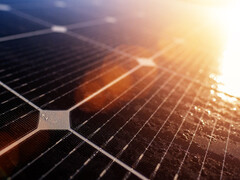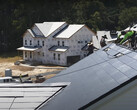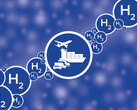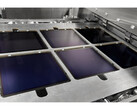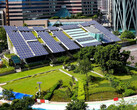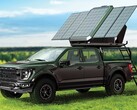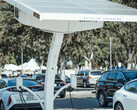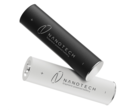The sun sends far more than just visible light to the earth. Above all, there is a lot of infrared light. You can't see it, but you can feel the so-called heat radiation on your skin.
These are also photons, but not quite as energetic as in the light spectrum visible to us. Electricity could still be generated from it using the principle of photovoltaics.
And this is exactly what a research group from Lithuania has succeeded in doing in collaboration with the University of Tallinn (Estonia). A new type of alloy has been developed there that generates electricity from long-wave light.
The highlight is the combination with the known technology. A solar module constructed in this way would not consist of a single layer, but would generate electricity in three layers from three different areas of the light spectrum. This could increase the efficiency of a photovoltaic system from the current 30 percent at best to over 50 percent.
Manageable effort
The requirement for the development was the use of readily available materials, including the avoidance of substances that can be classified as rare-earth elements.
The result was an alloy consisting of tin, titanium, zirconium and selenium. The rarest of these is selenium, which is not necessarily cheap but is mined worldwide. This is a clear advantage over many rare earth metals, the mining of which is concentrated in a few regions of the world.
Further tests are still pending to confirm its reliable durability and efficiency. At the same time, tests are also on the agenda to further increase the spectrum of usable light.
With comparatively readily available elements, the chances of obtaining even more powerful solar cells in the future are therefore not slim.
Even a third more electricity per surface area, just half of what is theoretically possible, could significantly reduce the cost per kilowatt-hour, which is already around 5 cents with current technology with current technology.




